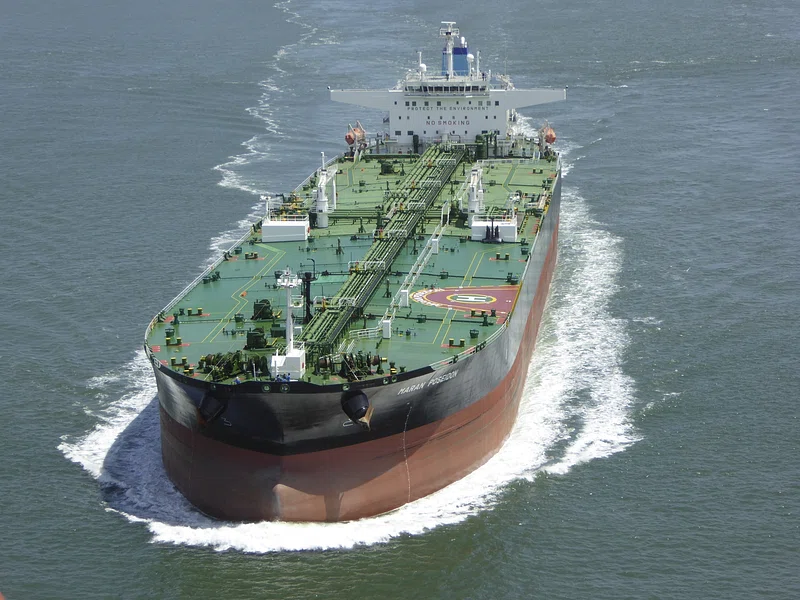
Maritime exports of Russian oil reached a two-month high at the end of August
By Sergey Manukov
The deliveries of Russian oil by sea on August 21-27 reached, according to Bloomberg, 3.4 million barrels per day. This is 880 thousand barrels per day. more than a week earlier. Russian oil exports in the penultimate week of summer reached the maximum for 8 weeks, i.е. almost two months. China, India and Turkey accounted for 87% of all offshore oil exports.
Experts point out that the jump in supplies occurred on the eve of an expected decline in exports of petroleum products, caused by an increase in domestic demand for certain types of fuel, as well as the fact that the program of subsidies for oil refineries is being closed from September 1.
Analysts debate how sustainable the jump in Russian offshore oil exports at the end of the summer are, because exports in 4 weeks exceeded the previous similar period by only 40 thousand barrels per day. The monitoring of tankers also shows that Russia is generally keeping to its promise to reduce the export of "black gold" in August by half a million barrels per day. Oil exports from Russian western ports in the last summer month decreased compared to February 2023 by approximately 420 thousand barrels per day. Recall that it was in February that Moscow promised to reduce exports by 500,000 barrels per day.
For the first four months after the loud statement about the decline in exports, it did not decrease, and in April and May it even increased significantly. However, in late July and August, tanker monitoring data analyzed by Bloomberg began to show declines from spring highs. In four weeks in July, it fell to 3 million barrels per day, which is the lowest since the European embargo on Russian oil supplies, which began to operate on December 5 last year, and continued to decline. It is expected that the decline in exports will continue in September.
In July, revenues from declining exports of oil and petroleum products reached $15.3 billion thanks to high prices, according to the International Energy Agency, and peaked in 2023. Moreover, the jump occurred after the June decline to $11.8 billion. That is, the growth in monthly terms amounted to 2.5 million barrels per day. or 20%. Analysts also drew attention to the fact that in July the price of Russian Urals oil in July exceeded the ceiling of $60 per barrel set by the G7 and the European Union. On average, a barrel of Urals was sold in July for $64.41.
This article originally appeared in Russian at expert.ru
